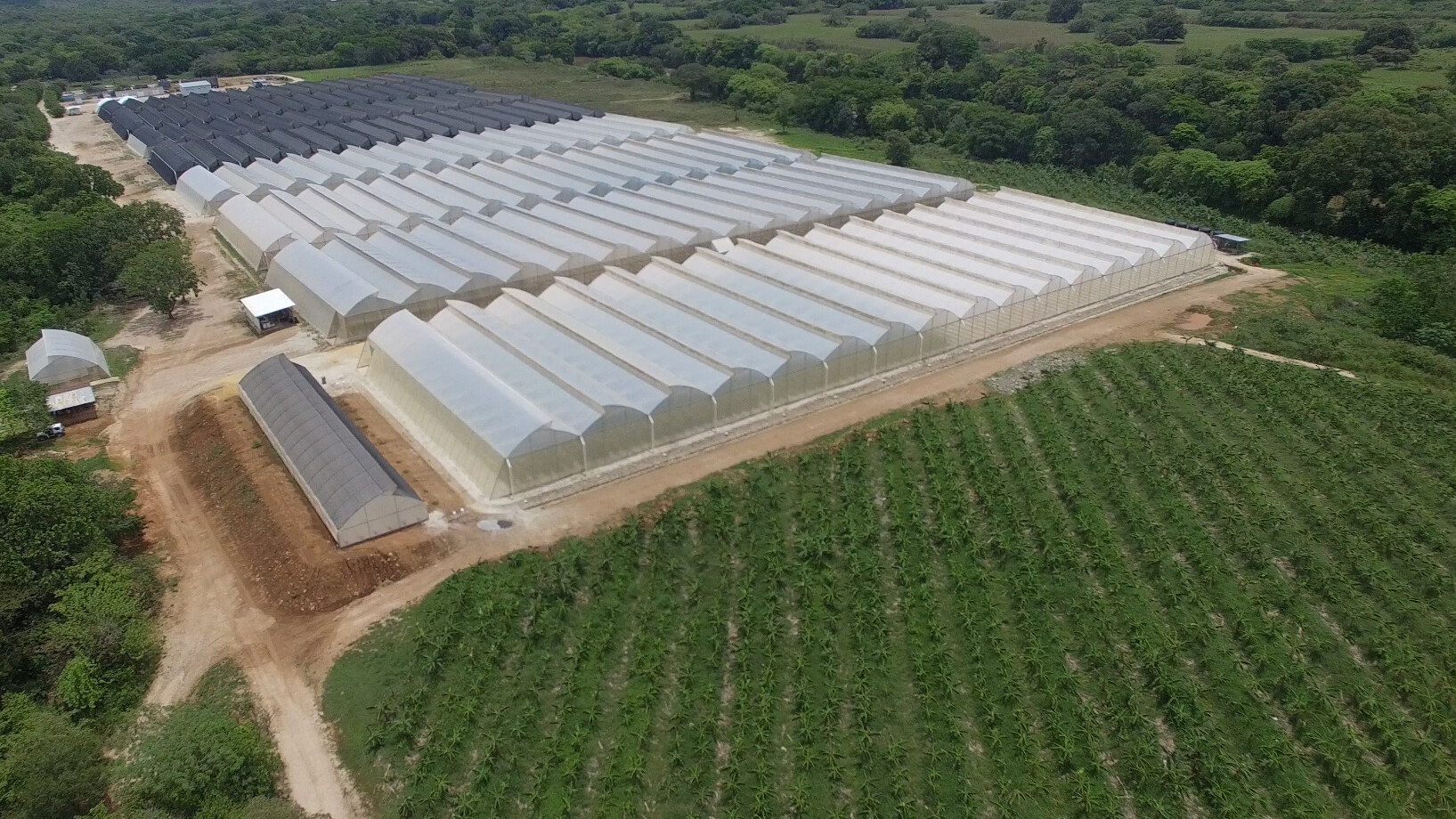Panama - the next Latin American food hub
A new agropark law should attract the capital and technology needed to boost Panama’s surprising agribusiness potential…

Technical innovation is key
Panama already has strong exports in exotic fruits, such as pineapple, papaya and pitahaya. Other leading niche products include shrimp and its famous Geisha Coffee beans, which are the most valuable in the world. Until now, investors have always assumed that Panama’s relatively small size means it would remain a niche player in global agricultural markets. However, emerging technology, such as vertical farming, means that with the right investment and equipment, Panama could produce far more.
To attract that capital and expertise, Panama passed Law 196 in 2021. The law aims to create almost 50,000 acres of special economic zones for farmers, known as agroparks. Projects that operate under Law 196 benefit from three main advantages:
Market Intelligence: PROPANAMA will promote Panama’s country brand with export programmes that add value to agricultural goods produced in the country.
Technology and Innovation: Investment in Research and Development (R&D) led by national and international scientific centres.
Credit and Tax Incentives: Producers will have access to preferential financing through the National Bank of Panama. Investment companies will have a 50% reduction in Income Tax for 5 years.
Panama - innovation hub
It is easy to draft nice-sounding new laws – getting businesses to respond is much more difficult. Yet Panama has an excellent track record. In 2007 the country passed Law 41 – a series of incentives to encourage multinational companies to move their regional headquarters to Panama. It was a spectacular success with more than 160 multinationals moving to Panama and bringing billions of dollars in direct investment, jobs generated and taxes earned.
Panama has several competitive advantages as a country that should help the rapid growth of agribusiness. Its sophisticated financial centre makes it easy for investors to work with local banks, while Panama’s use of the dollar reduces FX risk. Meanwhile its competitive tax regime – for example imports are only taxed a 3% - means that agricultural companies will be able to bring the best equipment from around the world.
Panama’s 23 free trade agreements with 59 different countries give it access to a market of 1.6 billion consumers. Then you have the Panamanians themselves. A young and growing population means creates an ever-expanding labour force, which is keen to find well-paid formal work.
Panama positioning
Panama’s biggest asset is its connectivity. The Panama Canal places it at the centre of global trade routes, while heavy investment in ports, roads and railways has created an efficient logistics platform. That means Panamanian farm products can be processed and then travel from the field to the supermarkets of Europe and North America in 11 to 15 days. Compared to 20 days for other Latin American rivals.
Analysts expect Panama’s new agropark law to attract $700million of investment over the next decade, with 20,000 planted hectares and yearly exports worth $1billion. More than 100,000 direct jobs will also be created over that period. It’s an exciting investment opportunity for European firms that have the technology and capital to make a positive impact.